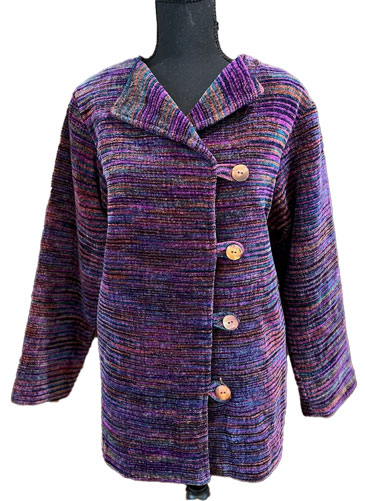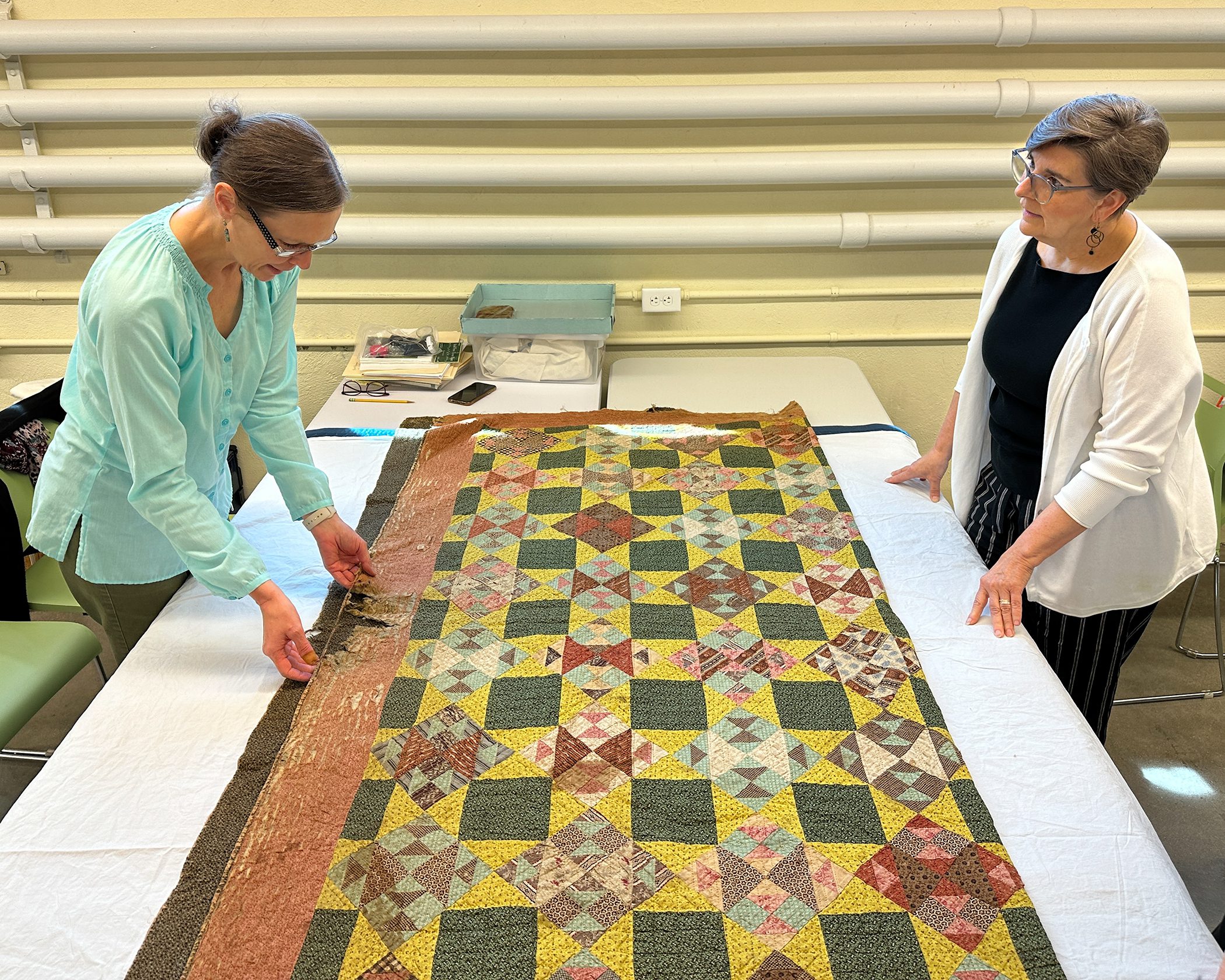May Program presented by Margaret Coe
May 9 @ 10:00 a.m. Red Clay Presbyterian Church
Zoom and in-person
This month, Margaret Coe will be presenting her program – The Corris Effect Part 1 (4 and 8 shafts). Margaret’s focus has been designing weaves with the computer as her main tool since the 1980’s. She is the author of four books; and, a presenter of courses both in person, online, and virtually (Zoom); but always at heart a weaver and designer.
Her website has an online course by a similar name – The Corris Effect a.k.a. Parallel Paradox. My guess is that we will get an overview of her comprehensive online course (30 lessons in all) in her one hour presentation. But to whet your appetite – here are some nuggets she set us about her presentation …
What is the Corris Effect? How did it evolve? Where did the name come from? All will be revealed . . .
It takes a village, or at least two weavers brainstorming, to halt, take a right turn, and look at weave structures in a whole new light. In two separate, but related incidents, and over 5 years of exploring, we discovered that it isn’t always the threading, tie up, and treadling (or liftplan) that determine structures.
From double weave to Jin to twills and basket weave; from Jin to summer & winter; add taqueté as well as rep to the mix. Come see what it is all about!
You can poke through her website as it has links to her courses, presentations and books; she also has a gallery of beautiful peeks at her work. Here is a link – https://coeweaves.com/





